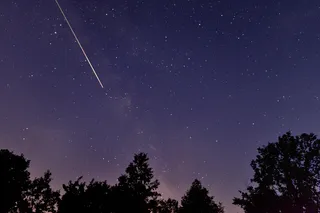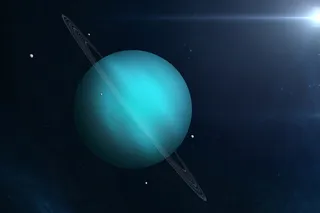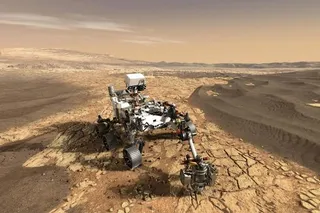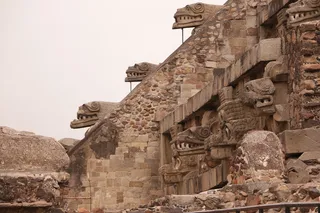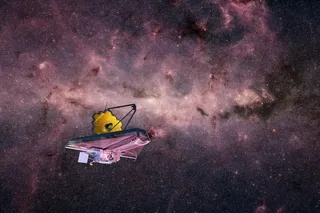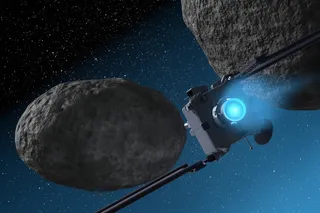In a previous post, I reported on the baffling new finding that neutrinos appear to travel faster than light. The stuff of science fiction...travel to the past...weird science...Einstein rolling in his grave. (Except that faster-than-light doesn't necessarily imply the possibility of time travel, and superluminal neutrinos might not violate relativity if they were the hypothetical tachyons.) The result was met with widespread skepticism in the world of physics, and the skepticism still continues. But just as the furor was beginning to die down, the OPERA (Oscillation Project with Emulsion tRacking Apparatus) consortium that runs the neutrino experiment at the Gran Sasso laboratory deep in the Apennine Mountains of central Italy, using neutrinos created 732 kilometers away at CERN, near Geneva, reported an experimental confirmation of their own earth-shattering results. Originally, the pulses of protons that CERN used to generate the neutrinos through collisions with a stationary target were relatively long, and some critics have claimed that the long pulses, lasting 10.5 microseconds, could have introduced some uncertainty into the process. The OPERA scientists therefore asked CERN to shorten the pulses, and the new pulses have been only three nanoseconds (billionths of a second) long. The original result had been that the neutrinos traveled from CERN to Gran Sasso 60 nanoseconds faster than light would have taken for the same 732 kilometers, with a statistical standard error that was one-sixth as large (hence the result was statistically significant at "six-sigma," which is extremely significant and its probability of being a fluke was therefore less than one in 3.5 million). The much shorter pulses make the pulse length fall within the standard error, and not a contributor to a possible false finding. Significantly, the new results, based on 20 detected neutrinos from the new and ultrashort pulses, replicated the earlier OPERA finding: The neutrinos still appear to travel faster than light. What lies ahead? The OPERA scientists are obviously more confident of their results than they had been before. And there appear to be no obvious flaws in their research. At a recent conference at MIT, one of the physicists described the OPERA team as consisting of "Germans, Swiss, and clocks"---accuracy doesn't get much better. Early concerns that the extremely accurate atomic clocks and GPS used by OPERA were somehow misread or misinterpreted have been easily overturned. But what the world of physics now seeks is a confirmation or refutation of the OPERA results by other research teams. I just discussed this further work with Professor Stan Wojcicki of Stanford University, one of the founders of the MINOS (Main Injector Neutrino Oscillation Search) project in the United States, which gets its neutrinos from Fermilab, near Batavia, Illinois. Wojcicki told me that the MINOS physicists are now looking through the voluminous data set on neutrino velocities they had accumulated over many years of research. This group did not use a GPS as accurate as that used by OPERA, but the time and space accuracy attained by the group---and their immensely large data set---should still be useful in confirming or challenging the results from Gran Sasso. It is important to note that early analyses of the MINOS data set has indeed indicated that the neutrinos may well travel at speeds higher than that of light. But these results lacked statistical significance (they did not meet the two-sigma, 95% probability standard of proof). It will be fascinating to see what MINOS and other research teams discover over the next few months, and whether we may be forced to update our understanding of Einstein's special theory of relativity.

Amir D. Aczel is a researcher at the Center for the Philosophy and History of Science at Boston University and the author of 18 books about mathematics and physics, as well as numerous research articles. He is a Guggenheim Fellow and a frequent commentator on science in the media. See more at his website or follow him on Twitter: @adaczel
.




